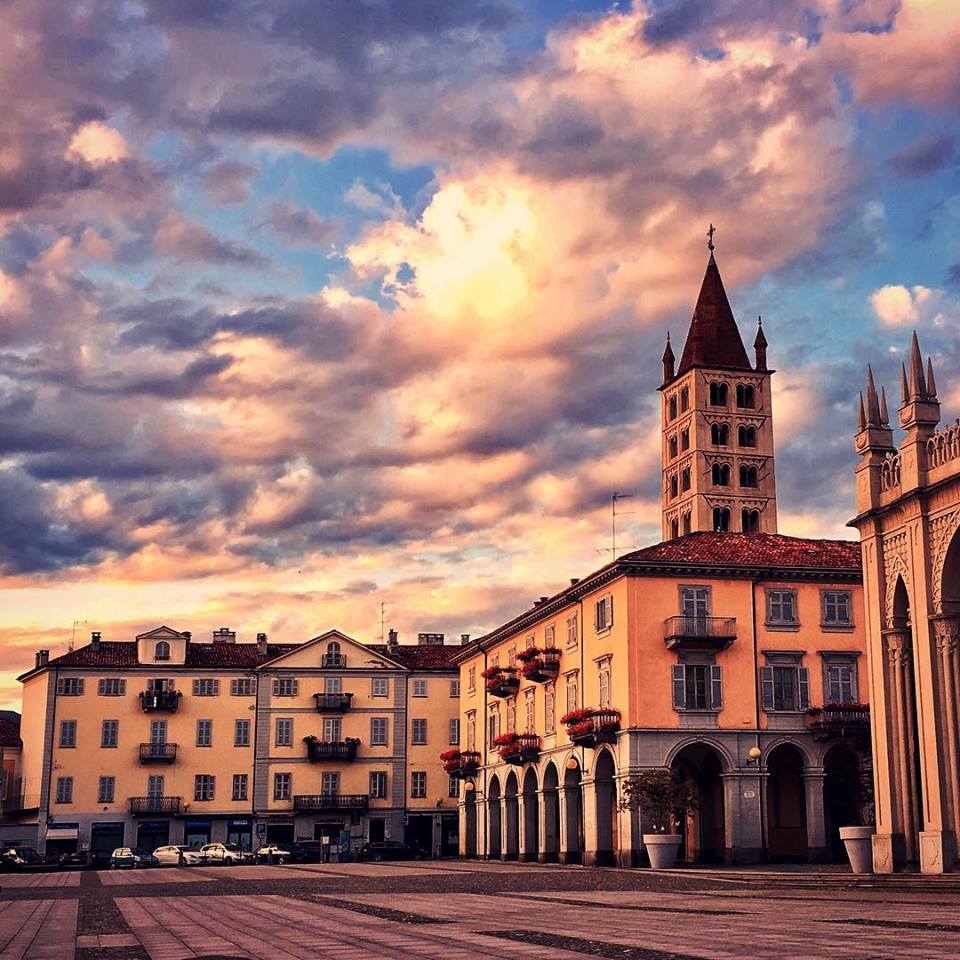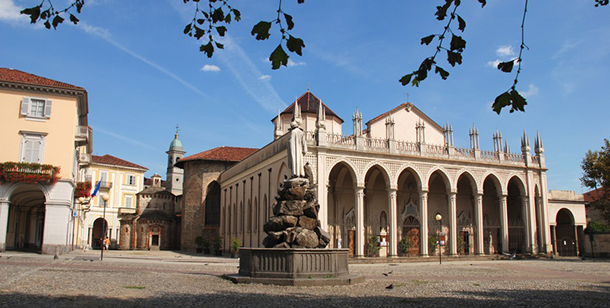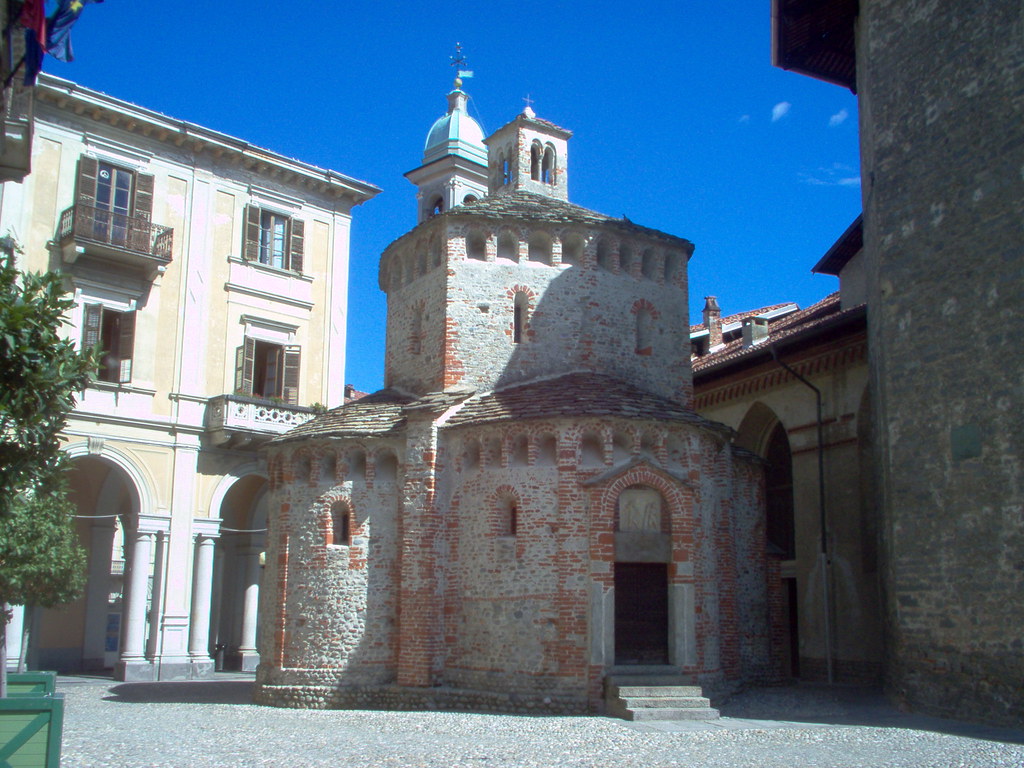



The city of BIELLA is located at the foot of the Biellese Alps, and its existence has been attested since the early Middle Ages.

Subsequently dominated by the bishops of Vercelli, in 1379 it passed to the Savoy family.
During the nineteenth century Biella experienced a great urban and industrial development, soon becoming known for its textile industries.

There are numerous historical and artistic testimonies of its past; among the most important are the baptistery, the cathedral, the bell tower of Santo Stefano and numerous villas and palaces.
Prehistoric finds attest to the presence of Neanderthal hunters / gatherers in the Biella area between 120,000 and 35,000 years ago.

Homo sapiens, on the other hand, appeared in the Upper Palaeolithic, around 35,000 years ago, as evidenced among others by some findings on the Bric Burcina (today on the border between the municipalities of Biella and Pollone).
The presence of a protohistoric settlement dating back to the Bronze and Iron Ages is also documented on this site.

The Vittimuli or Victimuli mine settled along the territories of the Bessa area (Biella plain) and exploited the gold deposits which after the glaciations had dissolved in the Elvo stream.
This exploitation continued even in Roman times and still continues, albeit as a simple hobby.

On the hill where the current Parco della Burcina stands, work tools and jewelry dating back to the Iron Age were found in 1959, testifying to the ancient origins of Biella.
Biella
Address: Via Battistero 4, 13900
Phone: 015 35071
Site:
http://www.comune.biella.itLocation inserted by
Palmisani Ramona